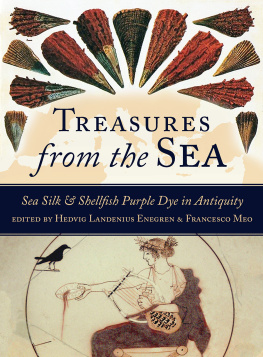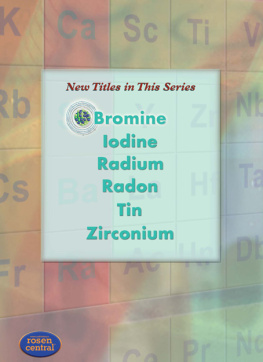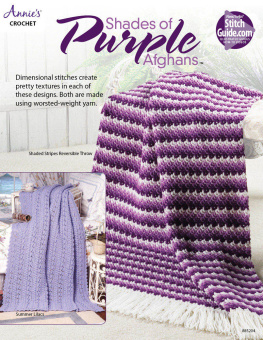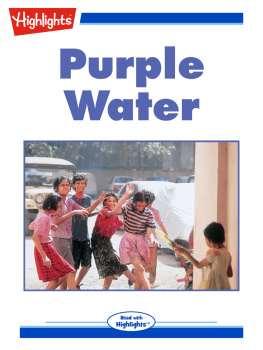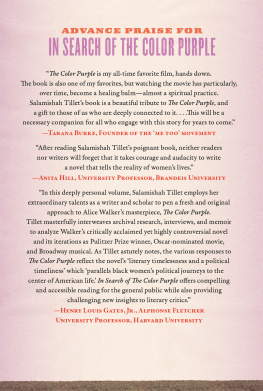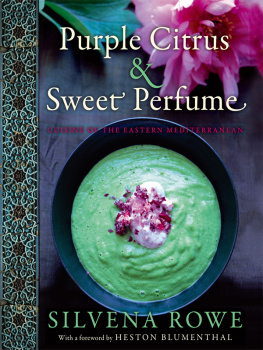

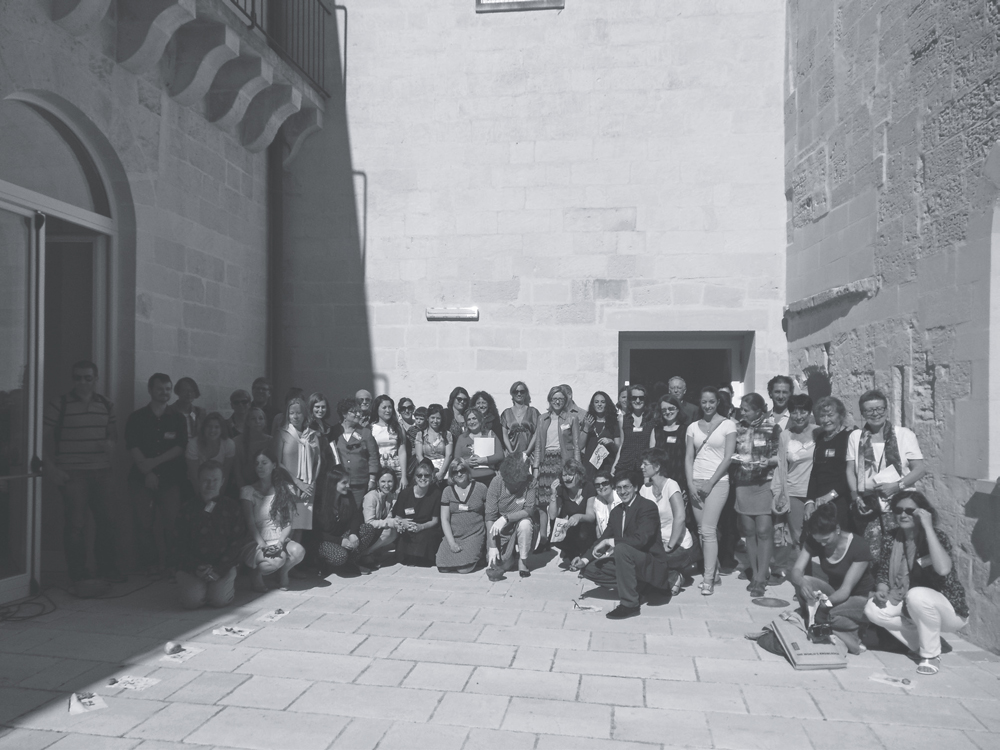
Frontispiece. Group photo of the participants at the Lecce workshop at the Museo Storico Citt di Lecce (MUST)

Published in the United Kingdom in 2017 by
OXBOW BOOKS
The Old Music Hall, 106108 Cowley Road, Oxford OX4 1JE
and in the United States by
OXBOW BOOKS
1950 Lawrence Road, Havertown, PA 19083
Oxbow Books and the individual authors 2017
Hardback Edition: ISBN 978-1-78570-435-2
Digital Edition: ISBN 978-1-78570-436-9 (epub)
A CIP record for this book is available from the British Library and the Library of Congress
All rights reserved. No part of this book may be reproduced or transmitted in any form or by any means, electronic or mechanical including photocopying, recording or by any information storage and retrieval system, without permission from the publisher in writing.
Printed in the United Kingdom by Short Run Press
Typeset in India by Lapiz Digital Services, Chennai
The publication of this volume has received financial support from Queen Margrethe and Prince Henriks Foundation and Lillian and Dan Finks Foundation.
For a complete list of Oxbow titles, please contact:
UNITED KINGDOM
Oxbow Books
Telephone (01865) 241249, Fax (01865) 794449
Email:
www.oxbowbooks.com
UNITED STATES OF AMERICA
Oxbow Books
Telephone (800) 791-9354, Fax (610) 853-9146
Email:
www.casemateacademic.com/oxbow
Oxbow Books is part of the Casemate Group
Front cover: Top Pinna nobilis, Pinna muricata and Pinna rudis from the Indian Ocean, the Atlantic and the Mediterranean Sea (detail). After Msch I., Rust J. and Willmann R. (2015) Cabinet of Natural Curiosities. Albertus Seba. Cologne. Bottom Apollo wearing a laurel or myrtle wreath, a white peplos and a red himation and sandals. Tondo of an Attic white-ground kylix. Archaeological Museum of Delphi, Inv. 8140, room XII. After https://commons.wikimedia.org/wiki/File:Apollo_black_bird_AM_Delphi_8140.jpg?uselang=it#filelinks Back cover: Hexaplex trunculus shell.
Contents
Hedvig Landenius Enegren and Francesco Meo
Felicitas Maeder
Anne Sicken
Elena Soriga and Alfredo Carannante
Sanne Houby-Nielsen
Francesco Meo
Assuntina Pes and Giuseppina Pes
Inge Boesken Kanold
Chris Cooksey
Elena Soriga
Christoph Kremer
Cecilie Brns
Bianca Ferrara
Margarita Gleba, Ina Vanden Berghe, Luana Cenciaioli
Fabienne Meiers
Carmen Alfaro Giner and Francisco Javier Fernndez Nieto
Benedict J. Lowe
Introduction
Hedvig Landenius Enegren and Francesco Meo
Background
In 2012 the Danish National Research Foundations Centre for Textile Research (CTR) at the Saxo Institute, University of Copenhagen proposed to organise an international conference dedicated to two Treasures from the Sea, shellfish purple dye and sea silk, within a Marie Curie Intra-European Fellowship held by Hedvig Landenius Enegren at CTR. At the time, Francesco Meo from the University of Salento, was a Visiting Scholar at CTR and suggested that this conference be held in Lecce, located in Apulia, the heel of Italy. Lecce, besides being centrally placed in the Mediterranean, is close to Taranto, which in antiquity was famous for its purple-dye production. Moreover, sea silk was worked, up until the 1950s, at Lecce in the orphanage of Santa Filomena, now a building incorporated in the University of Salento. This made the beautiful city of Lecce the natural choice for the conference to take place. The scope of the conference was to merge theoretical and historical viewpoints of these two treasures from the sea with practical demonstrations in order to gain knowledge in how these marine resources are actually worked from scratch, their chaine opratoire, so to speak.
This volume of the conference proceedings is composed of two sections. The first is dedicated to sea silk and the second to shellfish purple dye, while the contribution by Inge Boesken Kanold treats both purple dye and sea silk.
The first paper in section 1 by Felicitas Maeder gives a comprehensive view of the different terminological components involved with regard to sea silk. The author addresses linguistic problems due to the wrongful interpretation of the term byssus in ancient and more recent sources.
The following paper by Anne Sicken defines the microscopic components of sea silk, its morphology and the properties of the fibre. These are crucial to the identification of possible sea silk in archaeological contexts.
Alfredo Carannante and Elena Soriga discuss possible Near Eastern evidence for the use of sea silk already in the Bronze Age, based on cuneiform sources.
Sanne Houby-Nielsen argues from the archaeological evidence at the site of Haghia Triada in Chalkis, Greece, for the possibility that sea silk was worked there in a small-scale domestic context in the 7th century BC.
Francesco Meo analyses the evidence for the working of sea silk at the ancient Greek polis of Taras, modern Taranto, in order to investigate the connection between sea silk and Tarantinon, a type of very lightweight robe, possibly made of sea silk.
The last paper in this section is based on an interview made by Felicitas Maeder with Assuntina and Giuseppina Pes of the small Sardinian island of SantAntioco describing the different stages of sea-silk manufacture, which they learned as children from Efisia Murroni. As the pen shell Pinna Nobilis, the source of sea silk, is a protected species since 1992, according to the EU Habitats Directive 92/43/EEC Annex IV 1992, the manufacture of sea silk today is virtually non-existent or at the least much reduced, as it depends on fishermen finding the shells in their nets or on the beaches.
The paper by Inge Boesken Kanold treats both sea silk and shellfish purple dye. It provides a discussion of her experimentation with the particular shellfish purple dye Hexaplex Trunculus applied to cotton, sea silk and wool. From Plinys recipe she reconstructs the fermentation vat using fresh sea snails highlighting the importance of the two topics of the conference.
The second section of the conference proceedings treats different aspects of shellfish purple dye. Chris Cooksey discusses recent advances in the knowledge of the chemical properties of Tyrian purple dye in the Mediterranean area.
Elena Soriga presents the evidence for shellfish purple dye in Middle Bronze Age Syrian contexts as she goes through the sources for the working of this dye focusing on the term tabarru.
Christoph Kremer analyses the diffusion of purple dyeing in the Mediterranean as a transfer of technology deriving from the Eastern part of the Mediterranean area and on the role of Crete in this possible transmission.
Cecilie Brns investigates the occurrence of the colour purple in Greek sanctuaries in the 2nd half of the 1st millennium BC, discussing the presence of purple-coloured garments in temple inventories.
Next page
